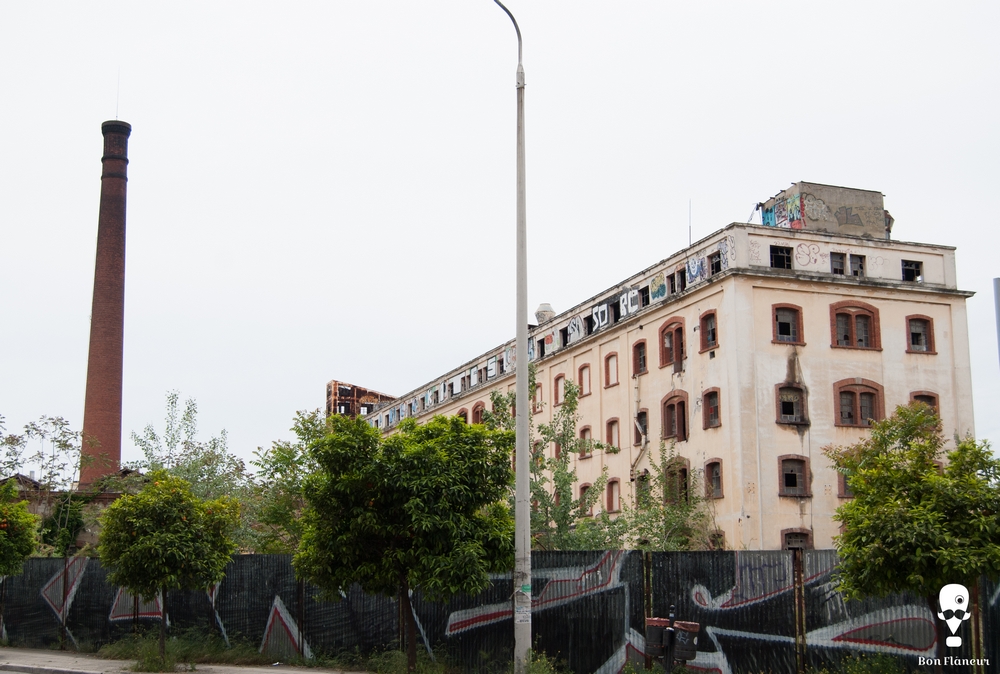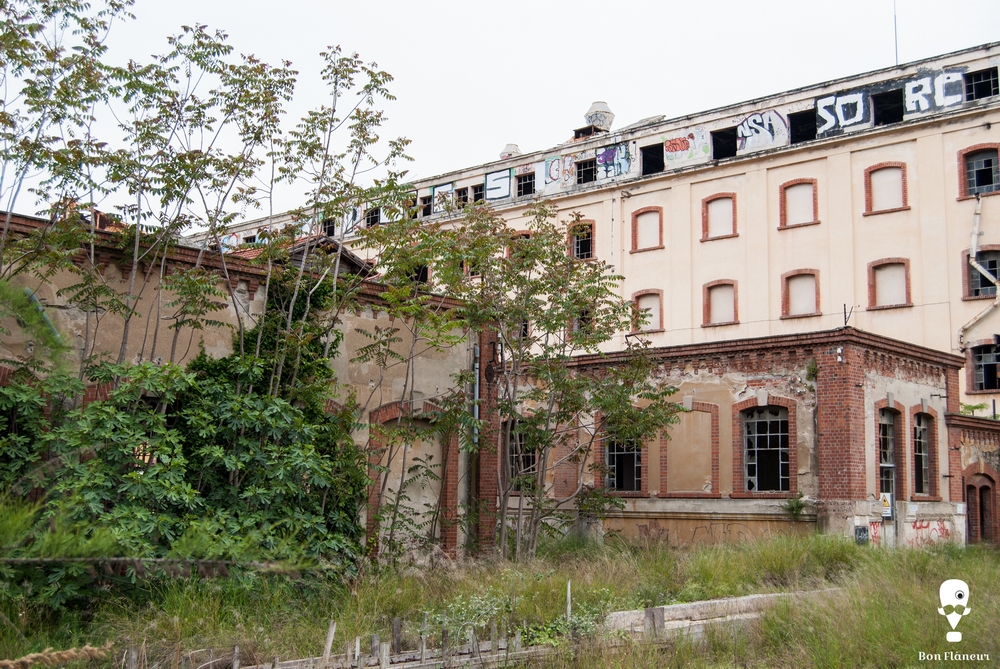Allatini Mills
Allatini Mills is a monument of the city's industrial history that has been waiting for its restoration for decades.
Location
Timeline
Modern and Contemporary era (1912 - )
1950 Part of the central building is burned and reconstructed within 4 years.
1991 The buildings were listed.
1996 It stopped operating and the company was transferred in another area.
Ottoman era (1453- 1912)
1897 Creation of the company.
1898 The factory is burned and the construction of a new begins.
1900 The new complex is inaugurated on September 1.






Share